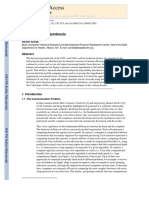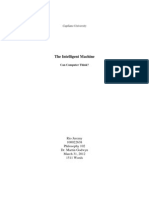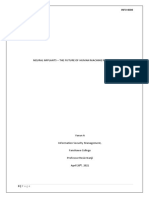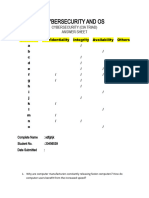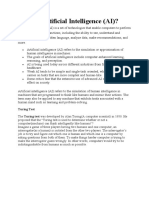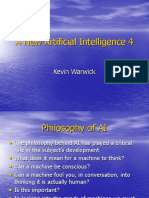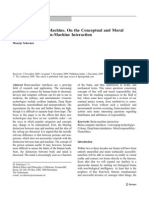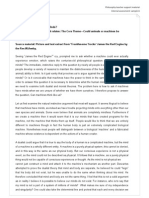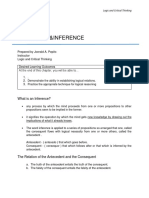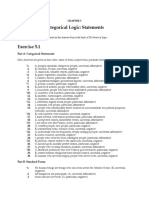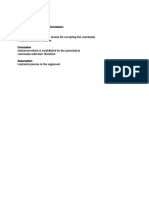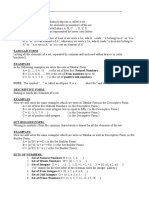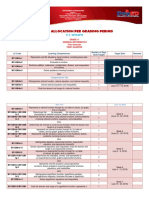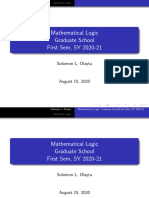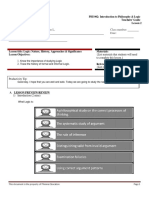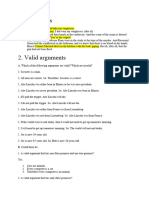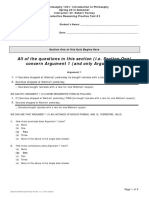0% found this document useful (0 votes)
38 views21 pagesChapter 2 Human Information Processing 1
Chapter 2 discusses the comparison between human brains and computers, highlighting their strengths and weaknesses in information processing. It also delves into the philosophy of mind, addressing concepts such as dualism and monism, and explores the implications of artificial intelligence and the Computational Theory of Mind. Additionally, the chapter categorizes technology adopters and explains human sensation, perception, cognition, and problem-solving approaches.
Uploaded by
llorenmarie01Copyright
© © All Rights Reserved
We take content rights seriously. If you suspect this is your content, claim it here.
Available Formats
Download as PDF, TXT or read online on Scribd
0% found this document useful (0 votes)
38 views21 pagesChapter 2 Human Information Processing 1
Chapter 2 discusses the comparison between human brains and computers, highlighting their strengths and weaknesses in information processing. It also delves into the philosophy of mind, addressing concepts such as dualism and monism, and explores the implications of artificial intelligence and the Computational Theory of Mind. Additionally, the chapter categorizes technology adopters and explains human sensation, perception, cognition, and problem-solving approaches.
Uploaded by
llorenmarie01Copyright
© © All Rights Reserved
We take content rights seriously. If you suspect this is your content, claim it here.
Available Formats
Download as PDF, TXT or read online on Scribd
/ 21


